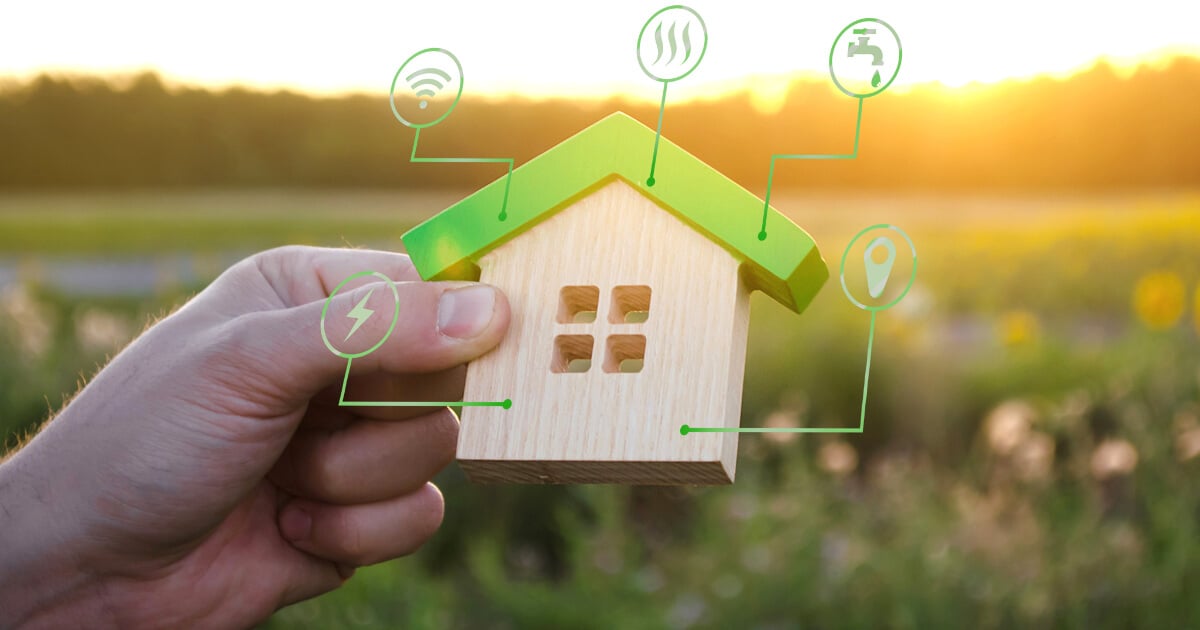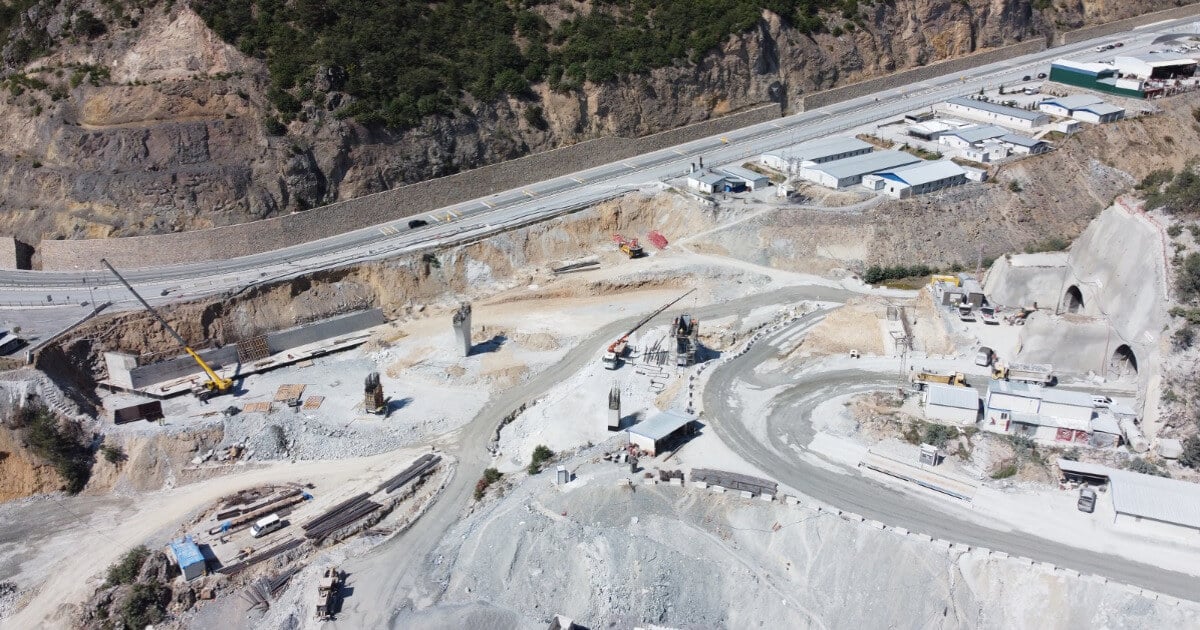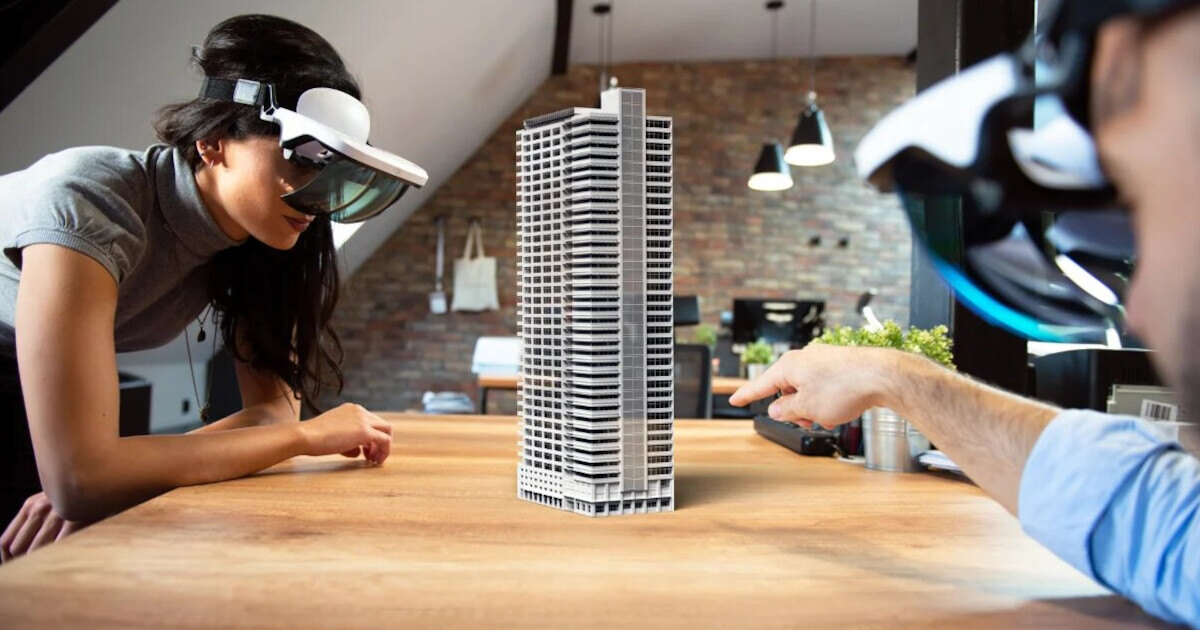Green buildings have become an increasing area of focus for the built environment, aiming to address environmental and sustainability issues relating to energy, water, and waste. Green building certifications and standards have developed as a way to both showcase and evidence that a high standard of sustainable and eco-friendly practices were used to create and operate the building. Two of the most well-known certifications include BREEAM and LEED, which assess and award ratings based on the score received. However, there are a range of new sustainable building accreditations which have been developed, some of which also focus more on the health and wellbeing of the people who use the building. These are the ten most popular green building certifications from around the world.
BREEAM (Building Research Establishment Environmental Assessment Method)
This assessment method was launched in 1990 by the Building Research Establishment (BRE.) Suitable for both new developments and refurbishments, BREEAM assesses the environmental performance of buildings in nine categories. The assessment takes into consideration not just the design and construction of the building, but also how it was procured and how it is operated. The ratings allow environmental performance to be benchmarked and evaluated against other similar buildings, and include Outstanding, Excellent, Very Good, Good, Pass, and Unclassified.
LEED (Leadership in Energy and Environmental Design)
LEED was developed by the U.S. Green Building Council (USGBC) to certify that buildings have achieved specific green building criteria, such as energy savings, water efficiency, and CO2 emissions reductions. Higher points provide a higher rating, which can be Platinum, Gold, Silver, and Certified. Like BREEAM, the certification can be awarded to new builds as well as refurbishment works.
WELL Building Standard
This standard takes a different approach to sustainability in buildings, instead addressing user behavior, operations management, and design factors to determine the impact on user health and wellbeing. To do this, seven concepts are measured, including air, water, light, nourishment, fitness, comfort, and mind. WELL Certified™ buildings are those which improve the nutrition, fitness, mood, sleep patterns, and performance of their inhabitants. It can be applied to any construction project, and the levels of achievement are Silver, Gold, and Platinum Certification.
Fitwel Standard
Much like the WELL standard, Fitwel is aimed at optimizing the opportunities to improve building occupants’ health. Using a range of scorecards depending on the type of project, Fitwel provides design and operational strategies that enhance buildings by addressing a range of health behaviors and risks. Points are allocated across seven health impact categories, with 1–3 stars being awarded depending upon the number of points scored.
SKA Rating
For non-domestic building fit-outs – where the building is already constructed, but the layout or interior is changing – the SKA rating method can help determine the environmental performance of the new fit-out. Led by the Royal Institute of Chartered Surveyors (RICS), the rating can help determine what choices will make the biggest impact in terms of sustainability yet keep within a given budget. There are 3 ratings – Gold, Silver, and Bronze.
Active House
The Active House certification is a holistic certification that considers the environmental sustainability of a building, as well as the impact on its occupants. The vision of the Active House standard is to encourage and emphasize the need to design buildings that are healthy and comfortable for the people who use them, while also being energy efficient and environmentally friendly.
The DGNB System
The DGNB System equally measures and evaluates a building’s performance with respect to ecology, economy, and social aspects. As an incredibly advanced certification system, DGNB considers a wide range of criteria, including CO2 generation from off-site sources and a life cycle assessment. The aims are to enable demonstrably better buildings to be built and managed, approaching sustainability as an integral part of every building project. Buildings can be rated as Platinum, Gold, Silver, or Bronze certified projects.
Living Building Challenge
The Living Building Challenge is an ambitious standard that challenges buildings to innovate to create positive environmental impacts, rather than mitigating negative ones. To be classed as a Living Building, projects must demonstrate that they have achieved Net Positive Energy, Water, and Waste – essentially, these buildings must generate more energy than they consume to offset any negative effects of the building. This is measured through seven performance categories, including place, water, energy, health and happiness, materials, equity, and beauty.
Passive House Certification
Passive House is a stringent set of energy performance standards – as well as design and construction principles – which ensure that a building uses 80 percent less energy than traditional buildings. In addition, this provides superior air quality and comfort to the building occupants and maintains a consistent temperature despite the season using mechanical ventilation and high airtightness standards. Unlike other certifications, there are no ratings with Passive House – the standard is either met or the building does not qualify for certification.
Energy Star Certified Buildings
ENERGY STAR is an energy rating system with strict energy performance standards. It compares a building’s energy efficiency to the 2009 International Energy Conservation Code (IECC) and the building must gain a score of at least 75 out of 100 to earn the ENERGY STAR label. This must be verified during use rather than on predicted use at design stage and indicates that the building performs better than at least 75% of similar buildings – using at least 35% less energy and creating at least 35% fewer greenhouse gas emissions.






